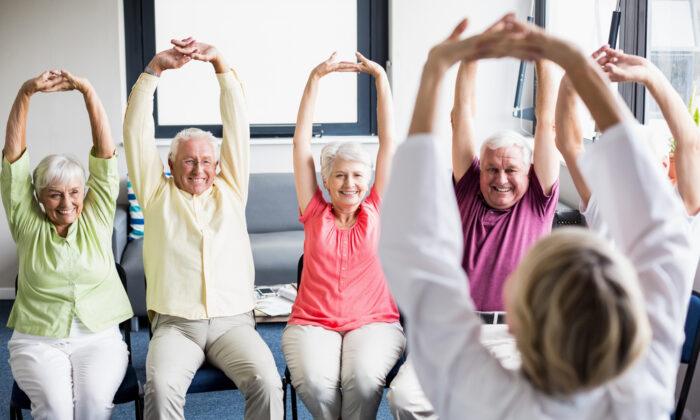You may have gotten your driver’s license the day you turned 16. By the time you retire, you could have driven daily for more than half a century. But for some people, there comes a time in the aging process when driving becomes dangerous.
“On the whole, older drivers are safe,” says Dr. Marian Betz, an expert in healthy aging at the University of Colorado, Anschutz Medical Campus. “They tend to drive slower than younger drivers and have a lot of experience.”
Deciding to stop driving can be emotionally challenging for older adults, says Betz. “Many people see their car as a marker of independence. Giving up the privilege of driving can feel like a real loss.”
People often depend on cars to get them to and from the activities they enjoy. Or to see the people they care about. So stopping driving can lead to isolation. That’s why it’s important to have a plan for alternative transportation.
“We don’t want older adults isolated and shut in,” Betz says. “We want people to be emotionally and socially connected, as well as be able to get out and exercise.”
Feeling disconnected can lead to poorer health. Studies have shown that loneliness and social isolation are linked to higher risks for some health problems. These include heart disease, depression, and cognitive decline.
There are many alternatives to driving. Some areas provide free or low-cost bus or taxi services for older adults. Some communities offer a carpool service, or scheduled trips to stores or the doctor. Rideshare service may also be an option. Your local Area Agency on Aging can help you find services. Call 1-800-677-1116 or go to eldercare.acl.gov to learn more.
Betz and her colleagues are currently testing an online tool to help older adults and their families make decisions about driving.
“We’re not telling people ‘you need to stop,’” explains Betz. But they hope to make people feel comfortable and empowered when they do decide to stop driving. “That makes such a decision more likely to stick,” Betz says.
Options for getting things done without leaving the house have also boomed recently. Grocery delivery, telehealth visits, and online social hours can reduce the need to drive every day.
Online options can’t—and shouldn’t—replace everything, says Betz. “But some of these things are good solutions for people to reduce their need to drive.”





